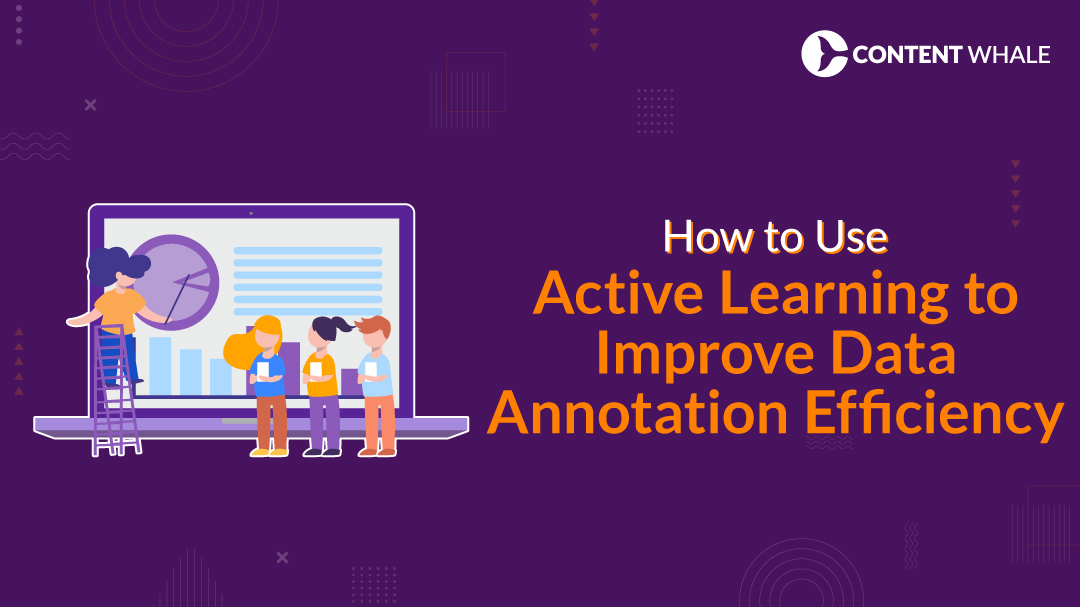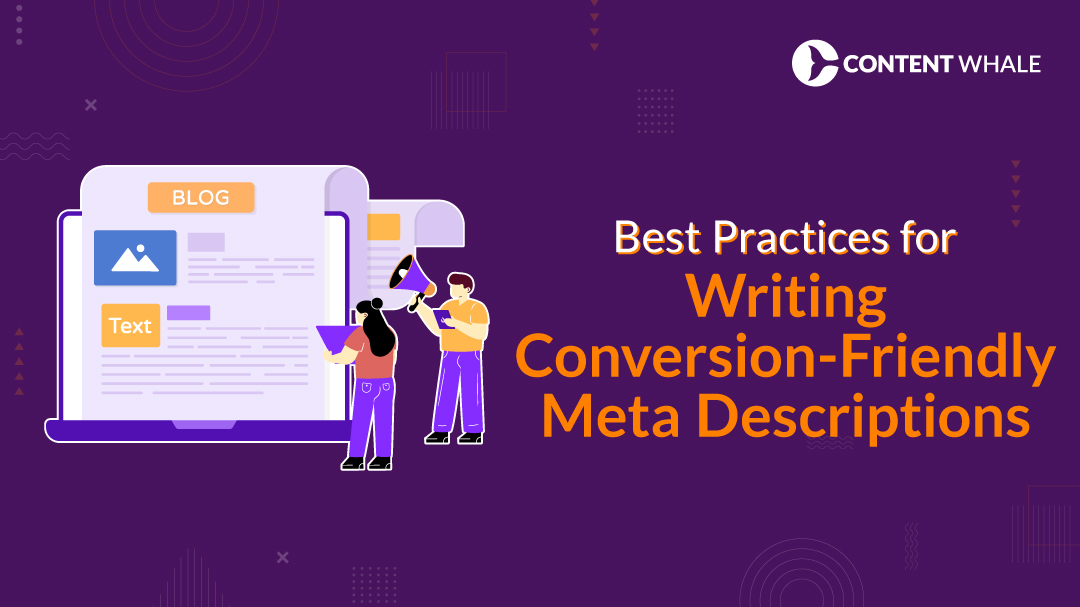High-quality annotated datasets are the backbone of successful AI models, but the traditional approach to data annotation is often time-consuming and costly. Manually labeling vast amounts of data not only requires significant human effort but can also slow down machine learning development. With the growing demand for efficient machine learning data labeling, finding smarter ways to optimize this process, active learning data annotation has become essential.
This is where active learning data annotation steps in. By focusing on the most valuable data points, active learning AI can dramatically improve data annotation efficiency. Instead of labeling an entire dataset, active learning uses techniques like uncertainty sampling and semi-supervised learning to prioritize the most uncertain or informative examples. This allows AI systems to learn faster with fewer labeled samples, while maintaining accuracy.
In this blog, we’ll explore how active learning works and how it integrates with annotation automation to enhance AI projects.
1. What is Active Learning?
Active learning data annotation is a smarter approach to machine learning that reduces the need for extensive data labeling. Instead of requiring large amounts of pre-labeled data, active learning identifies the most valuable data points for annotation and focuses on labeling those.
a) Key Characteristics of Active Learning:
- Efficient Data Labeling: The model selects only the most informative samples to label, improving data annotation efficiency.
- Iterative Process: The model learns progressively. After initial training on a small labeled dataset, it requests further labeling for data points it finds uncertain.
- Human-in-the-Loop: Human annotators play a critical role in labeling selected data points, which the model then uses to refine its predictions.
b) The Active Learning Cycle:
- Initial Training: The model starts with a small, annotated dataset to build a foundation.
- Selection of Uncertain Data Points: Using methods like uncertainty sampling, the model identifies the most ambiguous samples from a pool of unlabeled data.
- Human Annotation: Selected data points are labeled through human-in-the-loop interactions.
- Model Retraining: The newly labeled data is added to the training set, and the model is retrained for better accuracy.
- Repetition: This cycle repeats until the model achieves desired performance levels.
c) Why Use Active Learning?
Active learning is particularly beneficial in scenarios where data labeling is expensive or time-consuming, such as in medical image analysis or autonomous driving. By focusing on a subset of data, active learning improves model performance while minimizing the need for manual labeling.
Benefits:
- Reduced Data Labeling Workload: Fewer data points need manual labeling, thanks to the prioritization of uncertain data.
- Cost Efficiency: By labeling only the necessary data, active learning lowers the costs of manual annotation.
- Adaptability: The iterative process allows the model to adapt based on newly labeled data, improving over time.
2. Types of Active Learning Strategies

Active learning leverages several strategies to enhance data annotation efficiency by identifying and labeling only the most informative data points. These methods are designed to reduce the manual effort involved in machine learning data labeling while ensuring the model learns from the most impactful examples.
a) Pool-Based Sampling
One of the most widely used methods in active learning AI, pool-based sampling works by selecting the most uncertain samples from a large, unlabeled dataset. Human annotators label these specific data points, which are then fed back into the model to improve its accuracy.
- Best for: Large annotated datasets where manually labeling all instances is impractical.
- Key advantage: Improves the efficiency of data annotation by focusing on the most valuable data, reducing costs and time.
b) Stream-Based Selective Sampling
In stream-based selective sampling, the model processes data points as they arrive, evaluating each one for its usefulness. It queries for labels only for data points deemed uncertain or informative, making this approach ideal for real-time data processing.
- Best for: Continuous or real-time data streams, such as video feeds.
- Key advantage: Reduces the overall labeling burden in environments where data is dynamically generated, improving data annotation efficiency in dynamic datasets.
c) Membership Query Synthesis
With membership query synthesis, the model generates synthetic data points for human annotators to label. This approach is particularly useful when labeled data is scarce, as it allows the model to create additional training data for machine learning.
- Best for: Scenarios where the dataset is small and obtaining labeled data is expensive.
- Key advantage: Increases the availability of labeled data, enhancing the performance of semi-supervised learning models.
d) Uncertainty Sampling
Uncertainty sampling is a popular method where the model focuses on labeling data points for which it has the least confidence. These uncertain data points are prioritized for human labeling, allowing the model to learn more efficiently and effectively.
- Best for: Any dataset where the model’s predictions show high variability.
- Key advantage: Improves model accuracy by addressing the most challenging cases first, optimizing annotation automation efforts.
e) Query by Committee
In query by committee, multiple models are trained on the same dataset, and each model “votes” on whether a data point should be labeled. If the models disagree, that data point is selected for labeling, ensuring that the most contentious samples are reviewed.
- Best for: Tasks where multiple models can run in parallel.
- Key advantage: Reduces ambiguity in model training, helping to create a more reliable and accurate dataset.
| # | Strategy | Key Feature | Best Use Case Example |
| 1 | Pool-Based Sampling | Selects uncertain data points from a pool of unlabeled data. | Best for large datasets like image recognition. |
| 2 | Stream-Based Sampling | Data points are evaluated one at a time in a stream. | Ideal for real-time data applications. |
| 3 | Membership Query Synthesis | The model generates synthetic data for labeling. | Used in scenarios with limited data availability. |
| 4 | Uncertainty Sampling | Prioritizes data where the model is least confident. | Effective in tasks like object classification. |
| 5 | Query by Committee | Multiple models vote on the data points to label. | Best for complex decisions like text sentiment analysis. |
| 6 | Diversity Sampling | Ensures that diverse and representative data points are labeled. | Helps improve generalization in medical data annotation. |
3. Improving Data Annotation Efficiency with Active Learning
One of the most significant advantages of active learning data annotation is its ability to optimize data annotation efficiency. By selecting only the most uncertain or informative data points for labeling, active learning significantly reduces the need to annotate vast amounts of data. This approach ensures that machine learning models focus on the data that will improve their performance the most, saving both time and costs in the machine learning data labeling process.
a) Key Ways Active Learning Improves Efficiency:
- Selective Data Labeling: Instead of manually labeling an entire dataset, active learning utilizes strategies like uncertainty sampling to identify and label only the most valuable data points. This allows models to learn effectively from fewer samples, which in turn lowers the annotation workload.
- Human-in-the-Loop: In active learning, human annotators are involved only when necessary. For instance, the model queries humans for labels only when it encounters uncertain data points. This human-in-the-loop method ensures that manual effort is focused on the most critical parts of the dataset, improving the overall efficiency of the annotation process.
- Uncertainty Sampling for Prioritization: One of the most effective techniques in active learning is uncertainty sampling, where the model requests labels for data points that it finds most challenging to predict. This strategy ensures that annotators focus on data points that will have the highest impact on improving the model’s accuracy, leading to a more efficient annotation process.
- Cost Reduction: By reducing the number of labeled data points required for training, active learning significantly cuts down the costs associated with manual annotation. In fields such as medical image analysis or autonomous driving, where labeling data is both expensive and time-consuming, active learning plays a critical role in reducing overall project expenses.
b) Real-World Impact
In practice, combining annotation automation with active learning techniques can accelerate AI projects and enhance model accuracy. For example, in computer vision tasks like object detection or image classification, active learning ensures that the model only asks for annotations on the most informative examples. This method reduces the need for redundant labeling while improving the model’s learning curve and scalability.
4. Implementing Active Learning in Data Annotation Workflows

Integrating active learning data annotation into your existing workflow can dramatically improve data annotation efficiency by ensuring your models learn from the most informative samples. Here’s how to effectively implement this technique.
Step-by-Step Guide to Active Learning Integration:
Start with a Small Labeled Dataset
Initially, you’ll need a small, labeled dataset to train the model. This step serves as the foundation of your machine learning data labeling workflow. The labeled data helps establish a baseline model for selecting additional data points for further annotation.
Set Up Query Strategies
Use query strategies like uncertainty sampling or diversity sampling to identify the most valuable data points. For example, uncertainty sampling focuses on instances where the model is least confident, ensuring the highest impact on model accuracy. Diversity sampling selects data that is distinct from what has already been labeled, helping the model generalize better across diverse scenarios.
Incorporate Human-in-the-Loop
Once the uncertain data points are identified, human annotators step in to provide labels. This human-in-the-loop interaction ensures high-quality labeling for the most complex or ambiguous data points, maximizing annotation automation efficiency by reducing unnecessary manual work.
Re-train the Model
After labeling the selected samples, the model is retrained with the new data. This continuous loop of training and querying enables the model to improve its predictions with minimal manual annotation effort.
Utilize Annotation Tools
Tools like Labelbox and FiftyOne can help streamline the active learning process by managing the annotation workflow, automating labeling for straightforward data, and focusing human effort on more challenging samples. These tools also support the integration of various active learning AI strategies, making the implementation process more seamless.
Monitor and Adjust
Continuously monitor the performance of your model and fine-tune the query strategies if necessary. The effectiveness of active learning depends heavily on the selection strategy and the quality of the initial labeled data, so adjusting these elements over time is crucial for sustained improvement.
Real-World Examples of Active Learning Workflows
Active learning has been successfully applied in various industries like medical imaging, where radiologists label ambiguous scans for faster diagnosis, and autonomous vehicles, where models learn to identify critical road hazards with minimal labeled data. By using techniques such as semi-supervised learning, these models can be trained faster and with fewer resources
5. Overcoming Challenges with Active Learning
While active learning data annotation provides significant benefits in terms of data annotation efficiency and performance, it does come with its own set of challenges. Overcoming these hurdles is crucial for optimizing active learning AI and ensuring consistent, high-quality results.
a) Addressing the Cold Start Problem
The cold start problem arises when there’s insufficient labeled data to initialize the model effectively. Active learning requires a small seed set of labeled data to begin with, and if this initial data is not representative, it can lead to poor model performance. To address this, consider starting with a balanced, diverse dataset or employing semi-supervised learning techniques, which allow the model to learn from both labeled and unlabeled data.
b) Managing Human Annotator Fatigue
Human-in-the-loop models rely on annotators to label uncertain or ambiguous data points, but continuous manual annotation can lead to fatigue. This, in turn, can lower the quality of annotations. To mitigate this, organizations can introduce annotation automation where simpler tasks are handled automatically, leaving only complex annotations for human intervention. Additionally, implementing frequent breaks and ergonomic tools can help maintain annotator focus and accuracy.
c) Scalability Challenges
Handling large-scale datasets can overwhelm active learning models, especially as more data points are added for labeling. To overcome this, integrating scalable systems like cloud-based annotation platforms (e.g., Labelbox or Prodigy) can help manage workloads. These platforms also support collaboration, allowing multiple annotators to work simultaneously on large datasets without overloading the system.
d) Balancing Exploration and Exploitation
In active learning, there is often a trade-off between exploration (discovering new, informative data points) and exploitation (fine-tuning existing knowledge). Strategies like uncertainty sampling and diversity sampling can be employed to strike this balance. However, it’s essential to adjust these strategies based on the specific needs of the project to avoid over-exploring redundant data points.
e) Mitigating Selection Bias
The effectiveness of active learning hinges on the quality of the query strategy. Poor selection of data points can introduce selection bias, leading to gaps in the model’s knowledge. A solution is to combine multiple strategies like query by committee and diversity sampling, which help the model select data that is both informative and varied, thus reducing bias and improving generalization.
Conclusion

Active learning data annotation offers an innovative solution to improving data annotation efficiency by focusing on the most informative samples. By combining techniques like uncertainty sampling and semi-supervised learning, active learning reduces the burden of manual labeling while ensuring models learn from the most crucial data points. This strategy not only accelerates the labeling process but also enhances model accuracy, saving both time and costs in machine learning data labeling.
Incorporating human-in-the-loop approaches alongside annotation automation provides a balanced system where human expertise is only needed for the most complex cases. As active learning AI evolves, its ability to handle large datasets, mitigate bias, and improve performance across industries like healthcare, autonomous vehicles, and natural language processing will continue to expand.
At Content Whale, we specialize in creating SEO-optimized content that drives engagement and boosts visibility for businesses. With our expertise in active learning data annotation, machine learning data labeling, and annotation automation, we streamline processes to enhance efficiency. Let us help you implement strategies that improve project outcomes and optimize your resources.
FAQs
1. What is active learning in data annotation?
Active learning is a method used to improve the efficiency of machine learning data labeling by focusing on the most uncertain or informative data points. This approach reduces the overall labeling effort and helps models learn faster from fewer examples.
2. How does active learning improve data annotation efficiency?
Active learning enhances data annotation efficiency by prioritizing data that will contribute the most to the model’s learning. Techniques like uncertainty sampling are used to select ambiguous data points, ensuring that the most important data is labeled first, saving time and resources.
3. What is the role of human-in-the-loop in active learning?
The human-in-the-loop process allows human annotators to label only the most challenging data points. This selective annotation ensures high-quality labels and reduces the workload, combining the strengths of both automation and human expertise.
4. Which active learning strategy is best for my project?
The choice of strategy depends on your specific use case. Uncertainty sampling is widely used for its simplicity, while diversity sampling is great for ensuring a broad range of data is labeled. For more specialized tasks, techniques like query by committee may be more effective.
5. Can active learning be used for all types of machine learning models?
Yes, active learning AI can be applied to various types of machine learning models, including image classification, text processing, and more. Its adaptability makes it a versatile tool for reducing the need for large datasets while improving model performance.



